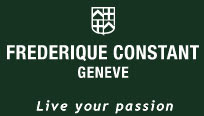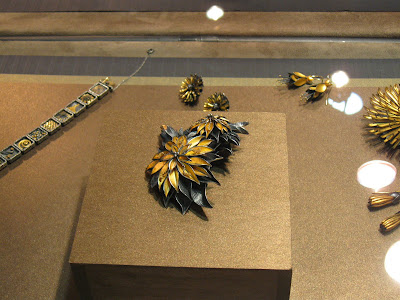Approximately 212 million shoppers visited stores and websites over Black Friday weekend, up from 195 million last year, according to the National Retail Federation. People also spent more, with the average shopper this weekend spending $365.34, up from last year’s $343.31. Total spending reached an estimated $45 billion.
“While Black Friday weekend is not always an indicator of holiday season performance, retailers should be encouraged that a focus on value and discretionary gifts has shoppers in the spirit to spend,” said Matthew Shay, NRF president and CEO. “As retailers look ahead to the first few weeks of December, it will be important for them to keep momentum going with savings and incentives that holiday shoppers simply can’t pass up.”
According to the survey conducted over the weekend by BIGresearch, the number of people who began their Black Friday shopping at midnight tripled this year from 3.3 percent last year to 9.5 percent in 2010. By 4 a.m., 24 percent of Black Friday shoppers were already at the stores. Thanksgiving Day openings have also been a boon to the industry, as the number of people who shop on Thanksgiving—online and in stores—has doubled over the past five years, from 10.3 million in 2005 to 22.3 million in 2010.
The number of people who purchased jewelry over the weekend rose substantially, from 11.7 percent last year to 14.3 percent this year. In addition, more people purchased gift cards, toys and books and electronic entertainment than a year ago.
“It’s certainly encouraging to see an increase in traffic and sales from the four-day holiday weekend, however, consumers still have concerns about the economy, jobs, and paying down debt,” said Phil Rist, EVP, BIGresearch. “It was the consumers’ search for deals and bargains that drove the weekend traffic rather than their confidence in the economy.”
While shoppers seemed focused on getting good deals, items of strong value seemed to win out over the absolute lowest prices, according to the survey. Both department stores (52% this year vs. 49.4% last year) and clothing stores (24.4% vs. 22.9%) saw healthy increases in traffic, while the percentage of people who shopped at discounters declined from 43.2 percent last year to 40.3 percent this year. The percentage of people who shopped online this weekend rose 5.1 percent, from 28.5 percent last year to 33.6 percent this year – a strong sign heading into Cyber Monday, a marketing term created by Shop.org, a subsidiary of NRF, for the Monday immediately following Black Friday for online shoppers.
The survey, conducted Nov. 25-27, polled 4,306 consumers and has a margin of error of plus or minus 1.5 percent.











































